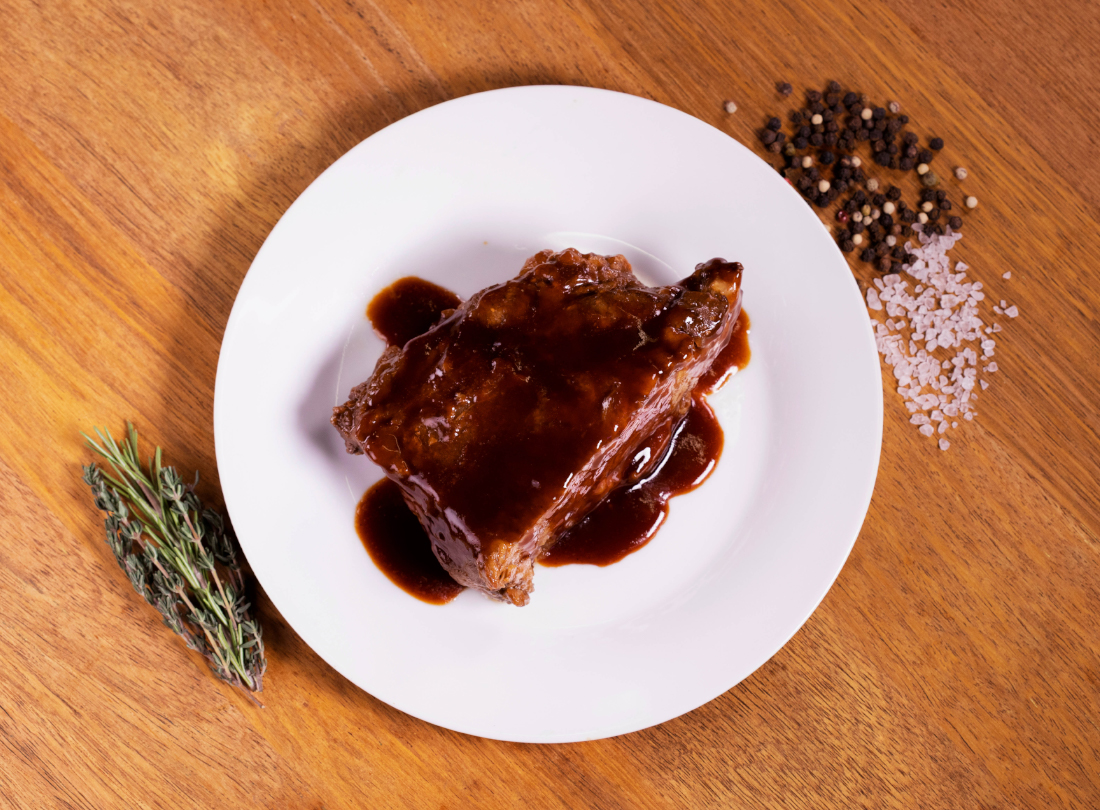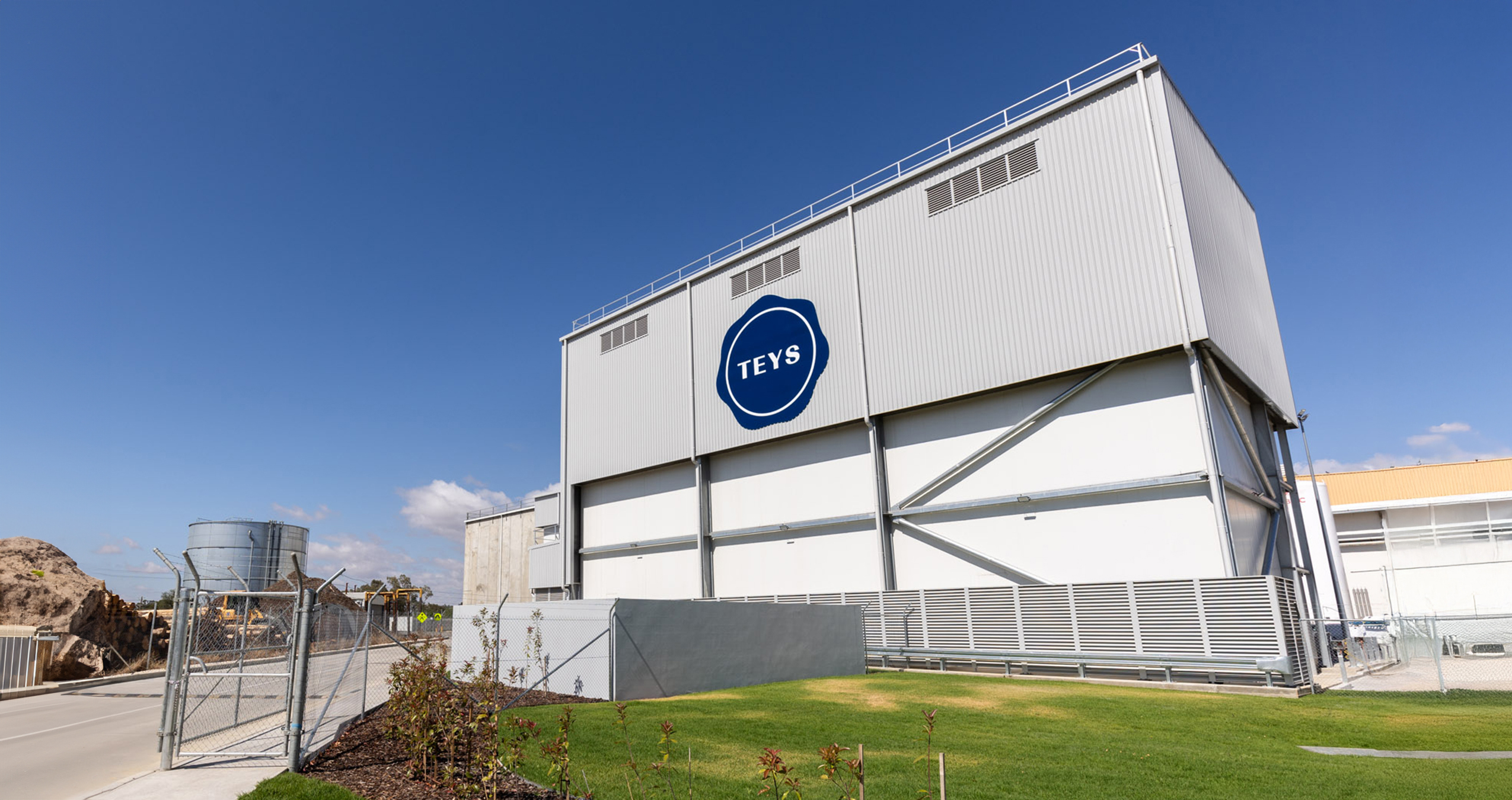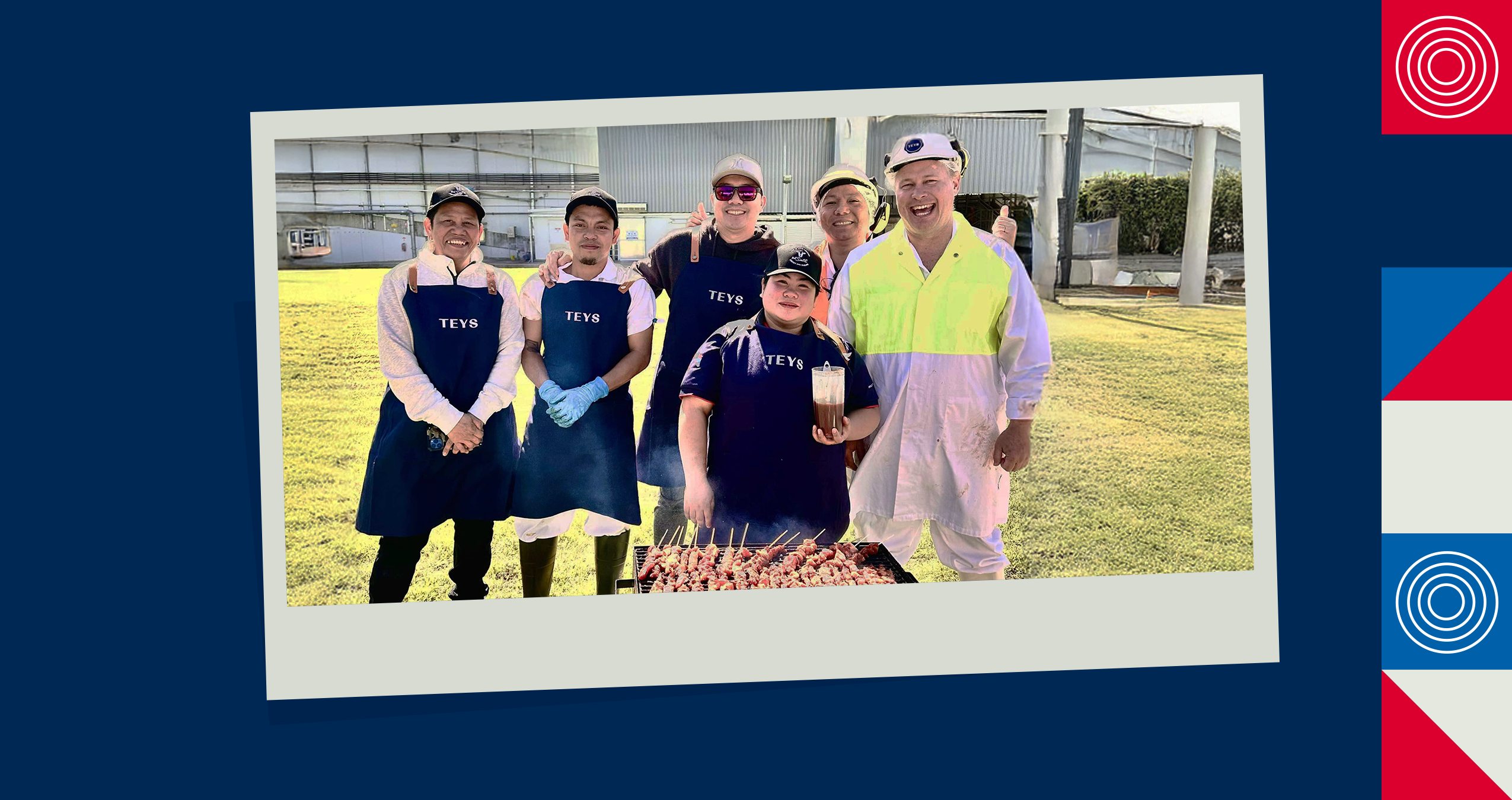
Sous vide is synonymous with food science particularly since its origins come from NASA researching ways to prepare astronaut meals in the sixties. Since then it has been adopted in restaurants and home kitchens around the world as a way to cook meat to delicious perfection every time. As part of our Food Science with Teys series we’re going to share with you a little more about this popular cooking method.
What is Sous Vide?
The term “sous vide” is French for cooking under vacuum. It is where food, such as meat, is vacuum sealed in a bag then cooked in water.
Sous vide shouldn’t be confused with ready-made dishes and packaged rice in vacuum packs that essentially “boil in a bag”. The key to sous vide is to cook food gently at a specific and consistent temperature that is well below boiling point.
How Does Sous Vide Work?
With sous vide cooking the heat penetrates the food slowly creating a consistent result. It avoids “thermal shocking” where for example a steak may be burnt on the outside but raw on the inside.
The aim is to heat the water to the exact temperature that matches the food’s ideal internal temperature, and to maintain that precise temperature for the whole cooking process. Different foods require a different temperature and cooking time. For example, to prepare a rare steak using sous vide, you would want to cook it for one hour at 54°C.
Since the food is placed in a sealed bag, it also promotes retention of flavour and juiciness – qualities that are very important when cooking meat.
Sous vide also enables you to place seasonings in the bag to further flavour your food.
How to Sous Vide
There is a range of equipment and appliances available on the market for sous vide cooking. The most sophisticated equipment may include a water chamber with built-in precise temperature control and a vacuum bag sealer.
For those on a budget, or regular home cooks, you may like to invest in a circulator that is immersed in a pot to heat and maintain water temperature. This equipment pumps and circulates and heats the water. It reads the water temperature and activates or deactivates its heat coils to keep a constant temperature.
Using a circulator, you would place the food in a sealed bag with any seasoning or flavourings then clip the bag to the pot so it is fully submerged. You would then set the required temperature on the circulator and cooking time.
While vacuum sealed bags are most commonly used in sous vide cooking, similar results can be achieved using regular sealable or zip-lock bags. The key is that the bag must be air-tight.
Those cooks without a circulator may like to try using a regular pot of water with a digital thermometer, but it can be quite difficult to achieve and maintain the exact temperature required.
The Final Step in Sous Vide Cooking
Sous vide cooking is a great way to prepare meat, particularly steaks, providing consistent results each and every time. For perfect results you will want to finish off the meat in the pan or on the grill, caramelising the outer crust of your meat and triggering the Maillard reaction to unleash all of the meat’s flavour.
While the term sous vide may sound fancy, it’s a cooking technique any keen home cook can add to their repertoire.
Learn more about our Food Solutions here.
The information in this post is adapted from Fine Dining Lovers and ChefSteps.
 Return to News
Return to News

















